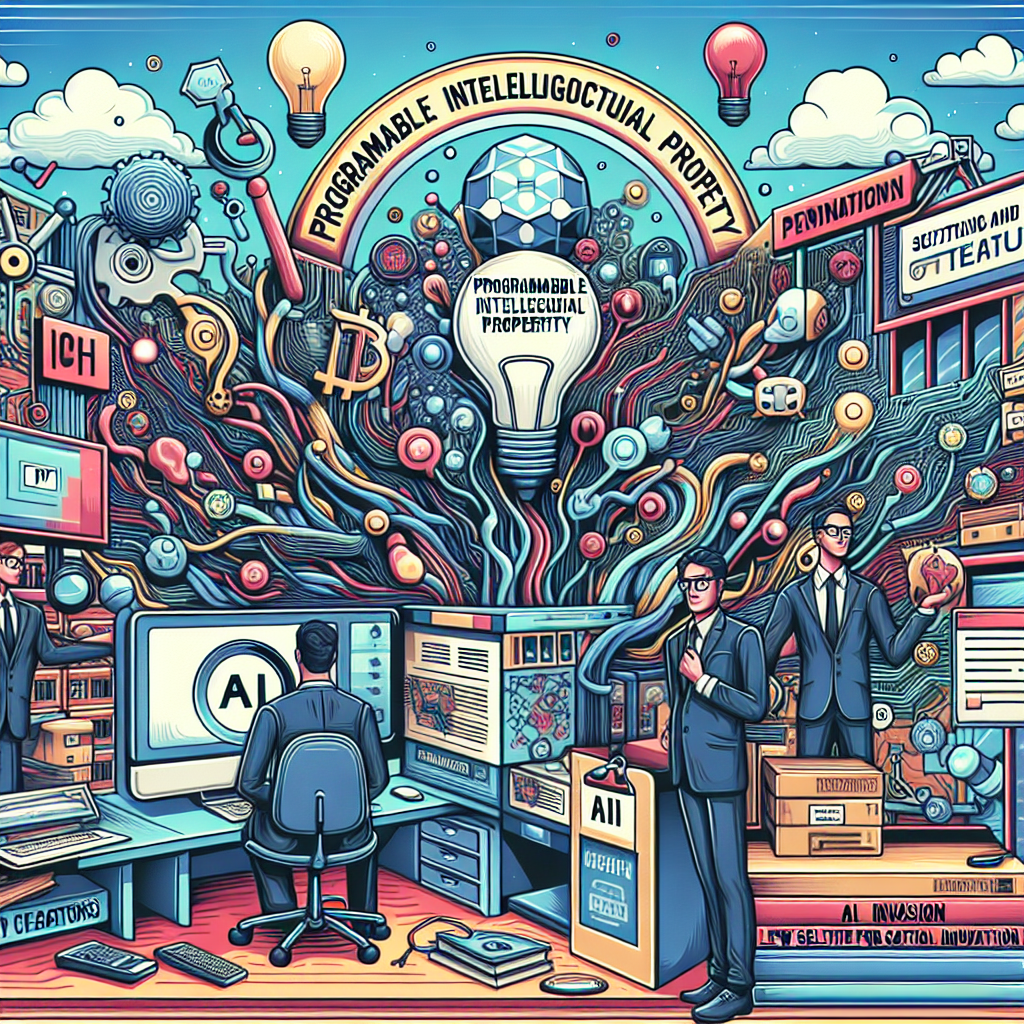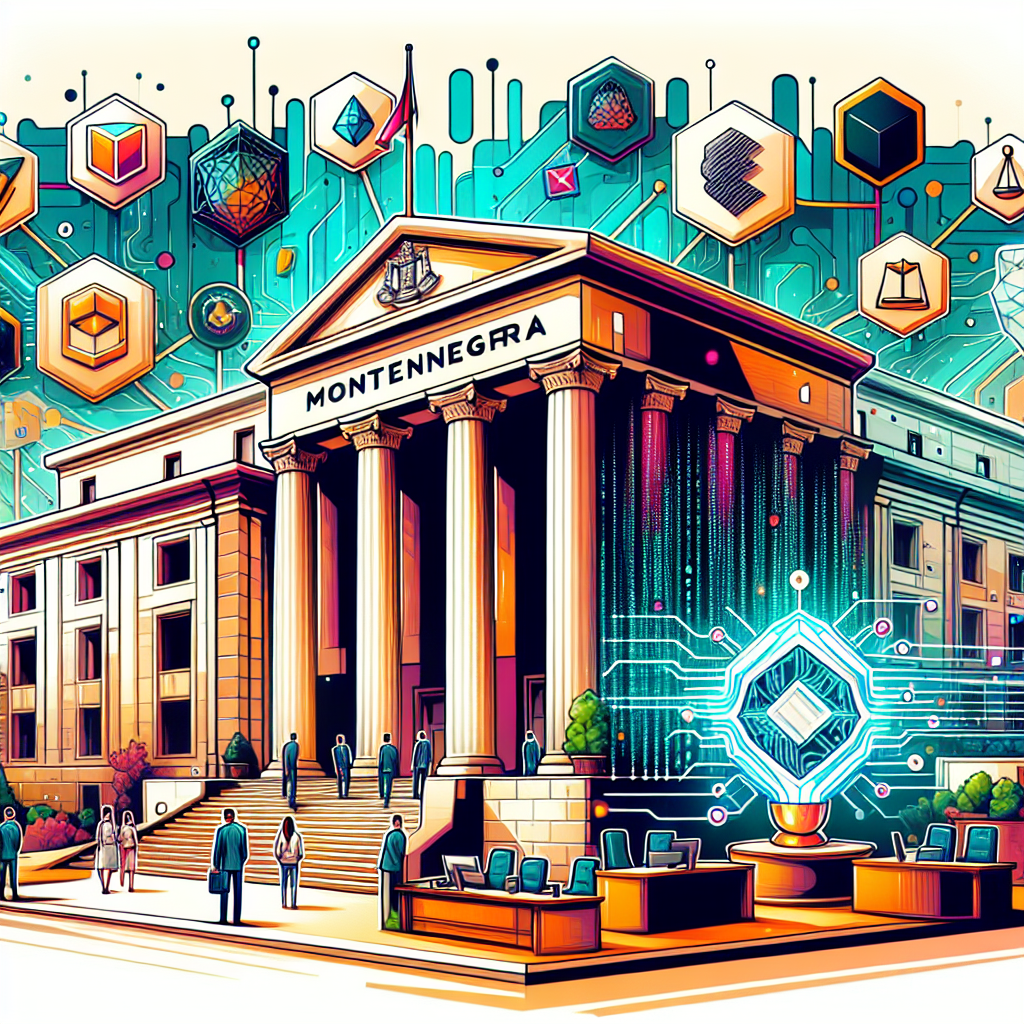Blockchain
BASE Network, a renowned player in the blockchain industry, is considering the idea of producing tokenized stocks of ...
The Rising Importance of Web3 in Data Security In our rapidly digitizing world, online privacy and digital rights ...
In a world where technology continues its relentless march towards centralization, privacy is becoming more critical than ever. ...
Blockchain forensics expert warns crypto enthusiasts about the rise of a newly discovered social engineering exploit. This new ...
Blockchain technology continues to influence various sectors, but its integration into the world of online gaming has sparked ...
In an era where artificial intelligence (AI) relentlessly threatens the survival of the creative economy, Story Protocol emerges ...
The cutting-edge technology of blockchain has noticeably gained traction worldwide and two Asian cities, Singapore and Hong Kong, ...
Artificial Intelligence: Experiencing A Fundamental Evolutionary Phase A significant shift is currently ongoing in the realm of artificial ...
Extradition Case Against Do Kwon Dismissed by Montenegro Court A Montenegrin court has rejected the cybercrime unit’s request ...
The Future of Decentralized Finance: A Glimpse towards 2025 Decentralized Finance, widely known as DeFi, has taken the ...
The latest comprehensive data analysis report on the blockchain gaming industry presents insightful revelations. The sudden rise in ...
The digital technology dominion is witnessing a revolutionary tide in the Asia-Pacific (APAC) region, as Web 3.0 and ...















